TO DENY A “COLORED” BLOCK PARTY (1920)
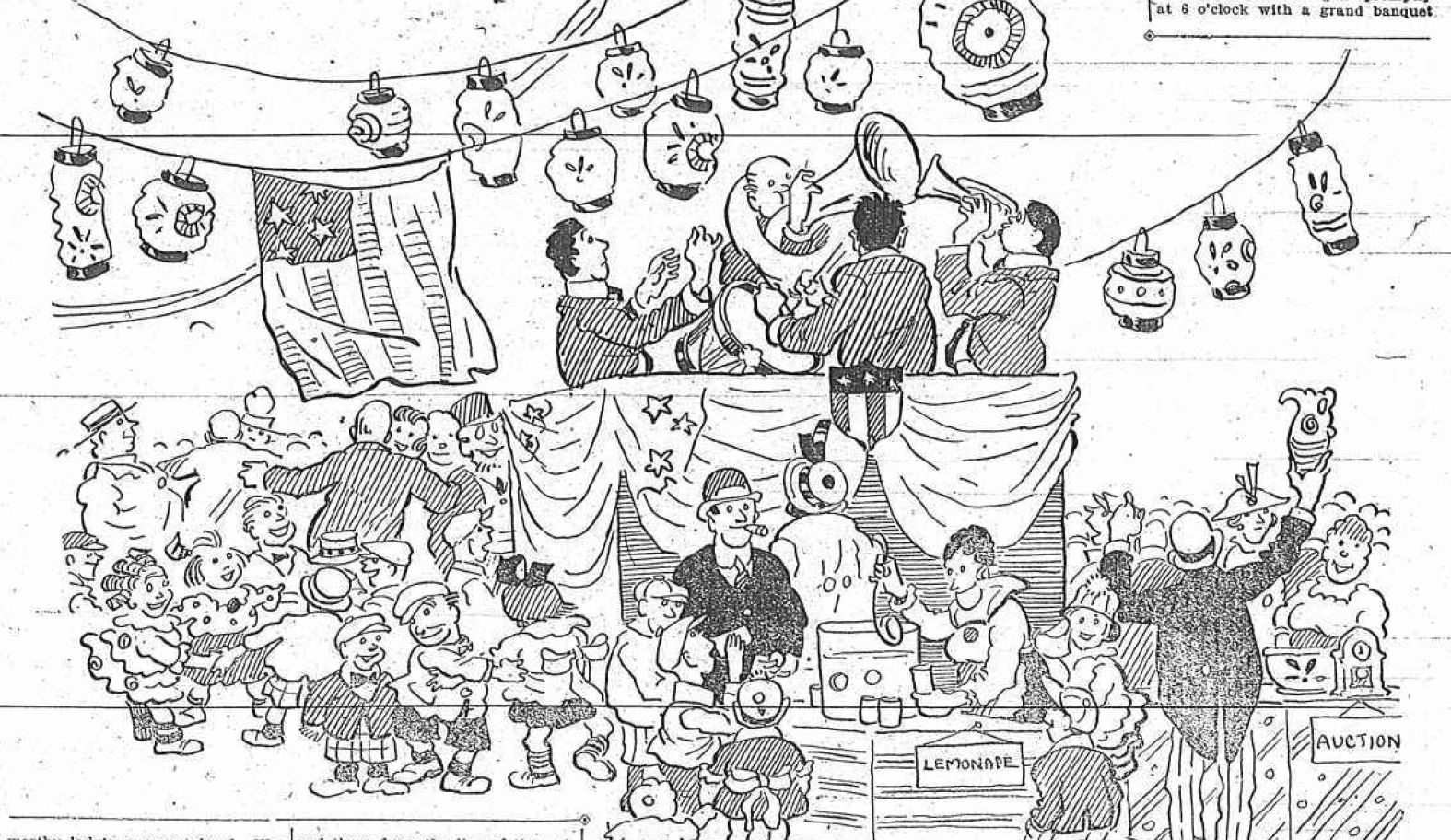
Brownstone Detectives investigates the history of our clients’ homes.
The story you are about to read was composed from research conducted in the course of one of those investigations.
Do you know the history of YOUR house?
********************************************************************************************************************************
Block party season upon us.
It is a time of blocked-off streets, replete with the sounds of children happily playing, the smells of barbecues up and down the block, and carefree feelings of the beginning of summer.
But this is also a time to remember some freedoms that were not always available to certain citizens – those freedoms for which struggles were necessary that they may be obtained. As such, it is instructive to remember how one group of people was often at the mercy of the whims of another.
This story tells a tale that took place in 1920 when block party permits were not always so easy to obtain, particularly when the freedoms of those in the minority were proscribed by those in the majority…
THE TRICKLE STARTS…
In the mid-1930s, after the “A Train” had been extended into Brooklyn, African-Americans began to move in large numbers from Harlem into Bedford-Stuyvesant. Although the Eighth Avenue Express was the vehicle for that migration, the impetus was a desire for less crowded neighborhoods, more plentiful jobs (at the Brooklyn Navy Yard), and better housing conditions.
The trickle that started this migration, though, began about 10 to 20 years earlier as African-American professionals of southern and Caribbean descent made their way to Bedford and Stuyvesant Heights.
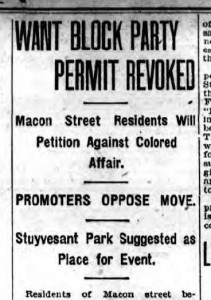
A PARTY IS PLANNED…
Earlier in 1920, though, the fault lines of race-tinged conflicts would begin to be detected throughout the borough. One such fissure was an incident that took place on Macon Street between Reid (Malcolm X Blvd.) and Stuyvesant avenues.
This was that amorphous period that lay somewhere between the use of the words “Negro” and “Colored.”
The subject, noted a Brooklyn Standard Union news-story of 10 July, was a block party that the “colored folks” of this stretch of Macon Street had planned to hold, and a petition that was being anonymously circulated “throughout the locality” which would ask the city “that the permit for the block party be revoked.”
Apparently, the block’s residents had initially been “inclined to allow the affair to be held,” as it was a fundraiser for a church in downtown Brooklyn, the Concord Baptist Church of Christ. The residents (read “white”) thought at that time that “it might be unChristianlike to interfere with the arrangements.”
A PETITION IS CIRCULATED…
A few days later, though, opinion changed when an individual, whose name “could not be learned,” began circulating a petition to have the permit revoked.
A comment in the newspaper story was interesting in what it did not say and showed some insight into the overcrowding trend that was later to follow.
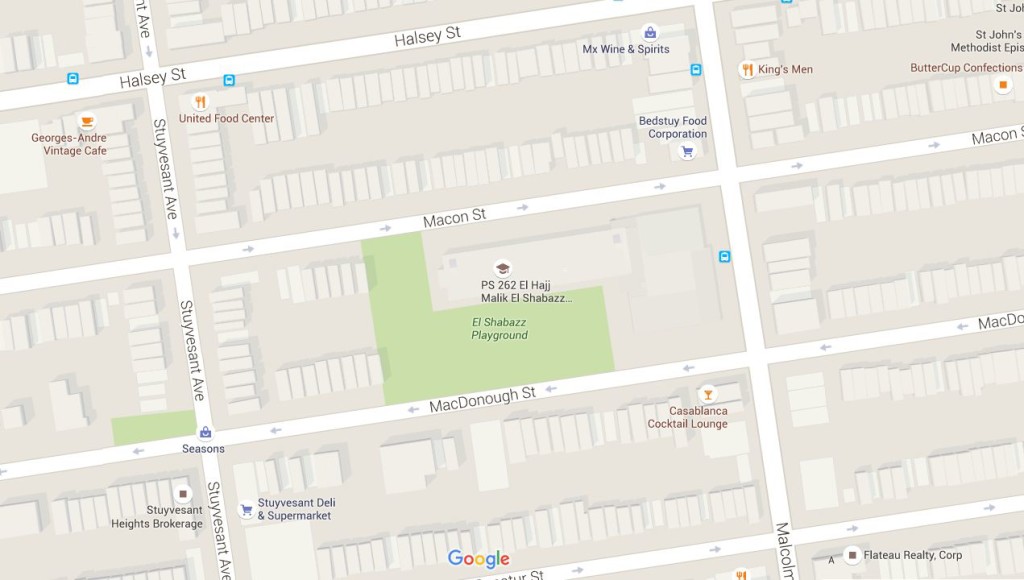
“The block is situated in the Stuyvesant section,” it began, “and until recent years was entirely given over to one-family houses. During the last three years several of the houses on the south side of the street have been purchased by colored folks.”
“Colored folks,” the story appeared to be saying (between its lines), were breaking up these former one-family homes and renting out floors and rooms to boarders – presumably other “colored folks” – and creating overcrowding conditions in the neighborhood.
Some of the residents opposed to the block party suggested that the permit be issued for a local park instead of for their block. The block party, they reasoned, in a moment of undisguised racial fear, “would attract an undesirable element, cause a nuisance, and perhaps be the cause of great damage to the residences on the block.”
Interestingly, the “police of the Gates Avenue precinct” were “not concerned over the controversy.”
QUESTIONS ARE RAISED…
A few questions, though, that the article did not address were: Who initiated the petition? Why did it appear that the black residents were holding a separate block party from the white residents? Was there an unspoken rule governing the mixing of the two races? Had everyone initially been invited but since it was being organized by “colored folks,” did this cause white residents to feel as though they were not invited? Whatever happened to the block party? Did the petition achieve its goal? Was the block party held after all?
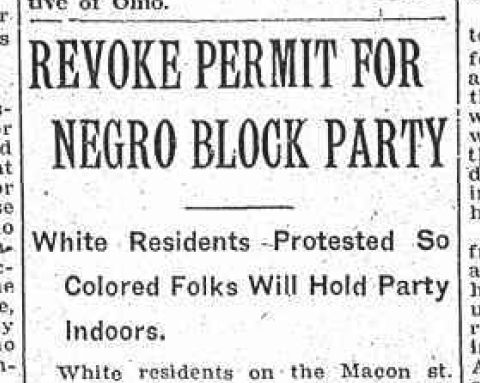
SOME ANSWERS…
The permit for the “colored” Macon Street block party was revoked by the City at the last minute.
Apparently, the white residents on Macon Street between Reid and Stuyvesant avenues, “who have been disturbed by the prospect of a block party there tonite for the benefit of a negro church are now at ease.”
“The permit,” the July 1920 Brooklyn Daily Eagle story noted, “which had been issued for roping off the block party” was revoked by the Highways Department, whose officials explained that Lucy Mayers had presented a petition from a number of residents on the block, asking permission for the party to be held.”
However, as the residents of the block were predominantly white, when “some of them heard of the block party to be held for negroes they presented a counter petition with 140 names, a majority of the residents of the block, to the department, which then revoked the permit.”
Police at the Ralph Avenue station said that “they had never been notified of the permit and they would have objected to the party,” if it had been held. The article does not say if the police meant that they would have objected to a party held by “colored folks” that was objected to by white residents, or if they would have objected to a “colored” block party, in general.
It didn’t matter at this point. The block party’s church committee stated that they were “returning the money for tickets bought for the block party.”
And since the “colored folks” on the block were no longer allowed to have their block party outdoors, they did the next most logical thing.
They held it indoors.
BRINGING THE PARTY INSIDE
The party was thrown at the home of the woman who headed the committee representing the “colored folks” on the block, Mrs. Lucy Mayers of 502 Macon Street. The article appearing the day after the party did note, oddly, that the “colored folks who assembled at the house for the benefit for the “Concord Baptist Church of Christ (colored)” were “not sufficient to overflow the house.” This comment seems to imply that there were some, at least, who were fearing a wild, uncontrollable, orgiastic melee.
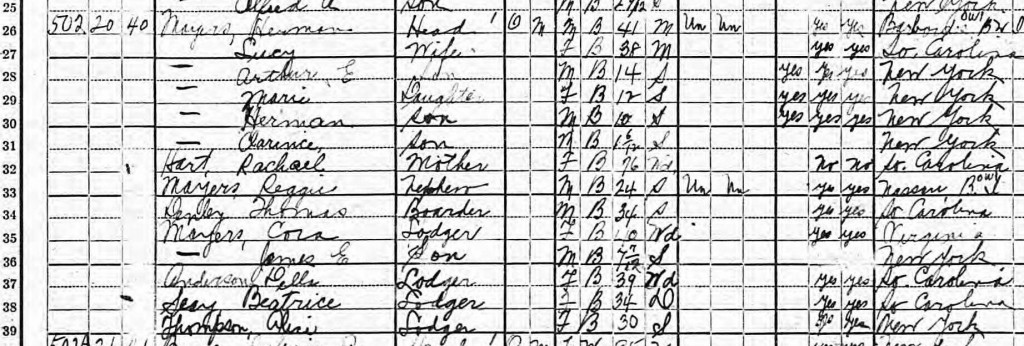
“The musicians had a position in the front parlor and created sufficient music to be heard part of a block distant,” the article continued. “The thunder shower would, like as not, have turned the block party into a house party, even had there been no protest.”
Six months previous to the block party, when the census takers had come around – on 3 January 1920 – Mrs. Mayers’ husband, Herman, 41, was listed as owning 502 Macon Street, holding a mortgage. He was a stevedore from Barbados, British West Indies. Lucy Mayers, 38, was from South Carolina. They had four children ranging from 1 ½ to 14 years old, and eight other people in the house – some of whom were relatives, such as Lucy’s mother. The rest were boarders, however, either from South Carolina, New York, or the Caribbean.
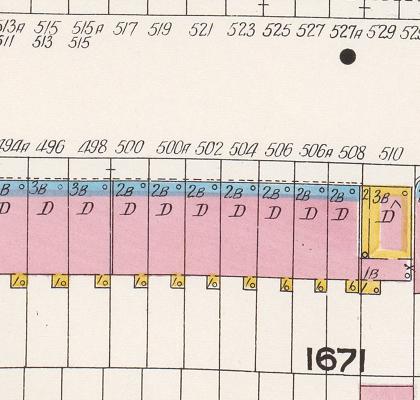
Although there is an elementary school (P.S. 262) today where their house – and many of their neighbors’ houses – once stood, from Sanborn Insurance maps of the period we know that the Mayers owned a 2-story house with basement. With four available rooms on the 2nd floor for bedrooms in such a house (two regular size and two narrow hall rooms), it is likely that the parlor was being used as sleeping quarters, and possibly the dining room downstairs on the basement level, as well.
Not getting too deep into the economics that likely created such a situation, it is probable that the Mayers had been victims of some unethical real estate agents who plied their trade in what would later be known as block busting and redlining tactics.
Ironically, the initial newspaper article about the block party controversy noted that the lawyer who had created the petition had a business address on Broadway, but that it was not known who was circulating the petition. Through census records we now know that this lawyer, James Brady, actually lived a few houses down from the Mayers at 512 Macon.
The Bradys were renters.
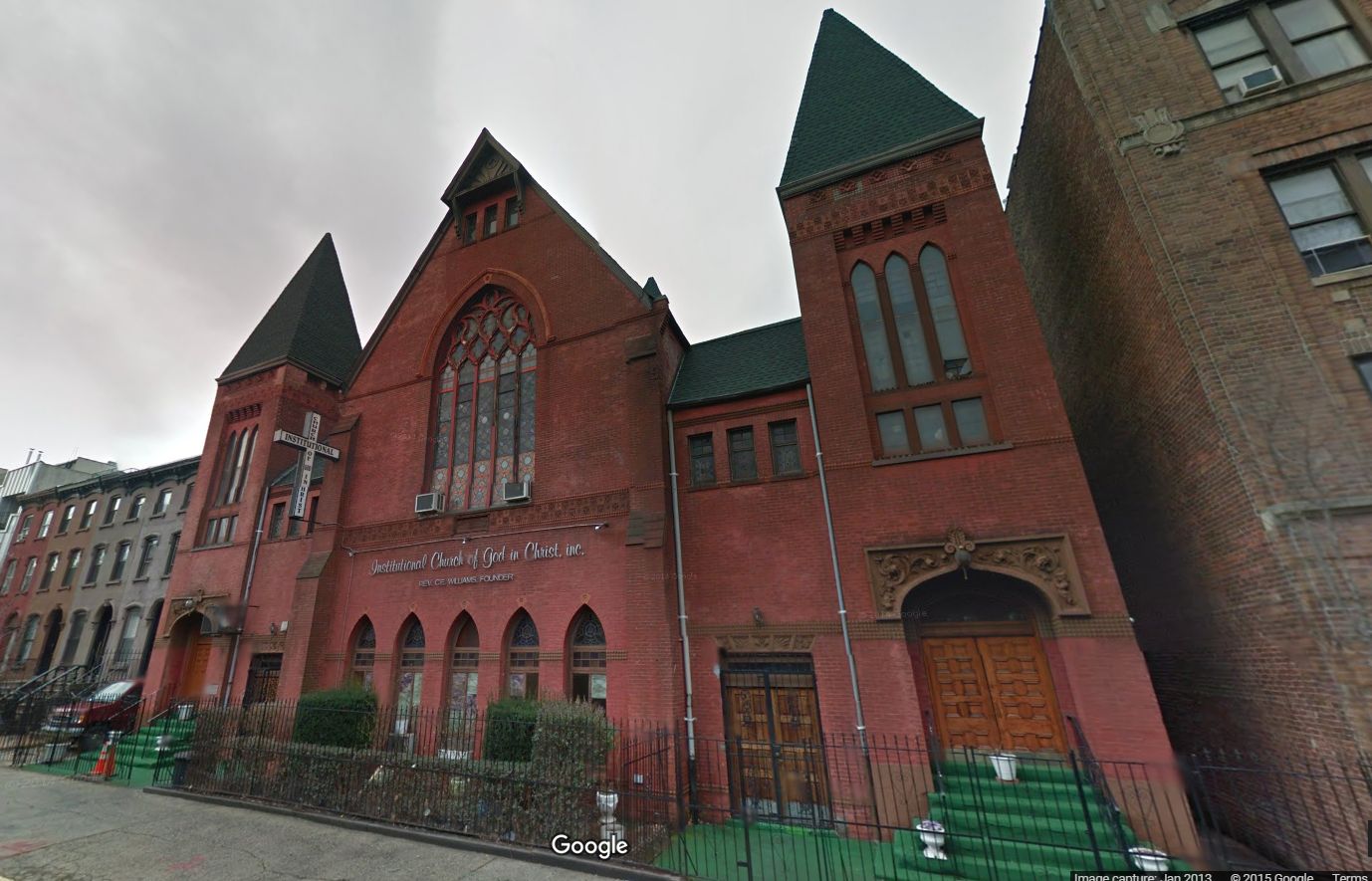
———————————————————————————————————————–
 Brownstone Detectives is an historic property research agency. Our mission is to document and save the histories of our clients’ homes. From our research, we produce our celebrated House History Books and House History Reports. Contact us today to begin discovering the history of your home.
Brownstone Detectives is an historic property research agency. Our mission is to document and save the histories of our clients’ homes. From our research, we produce our celebrated House History Books and House History Reports. Contact us today to begin discovering the history of your home.